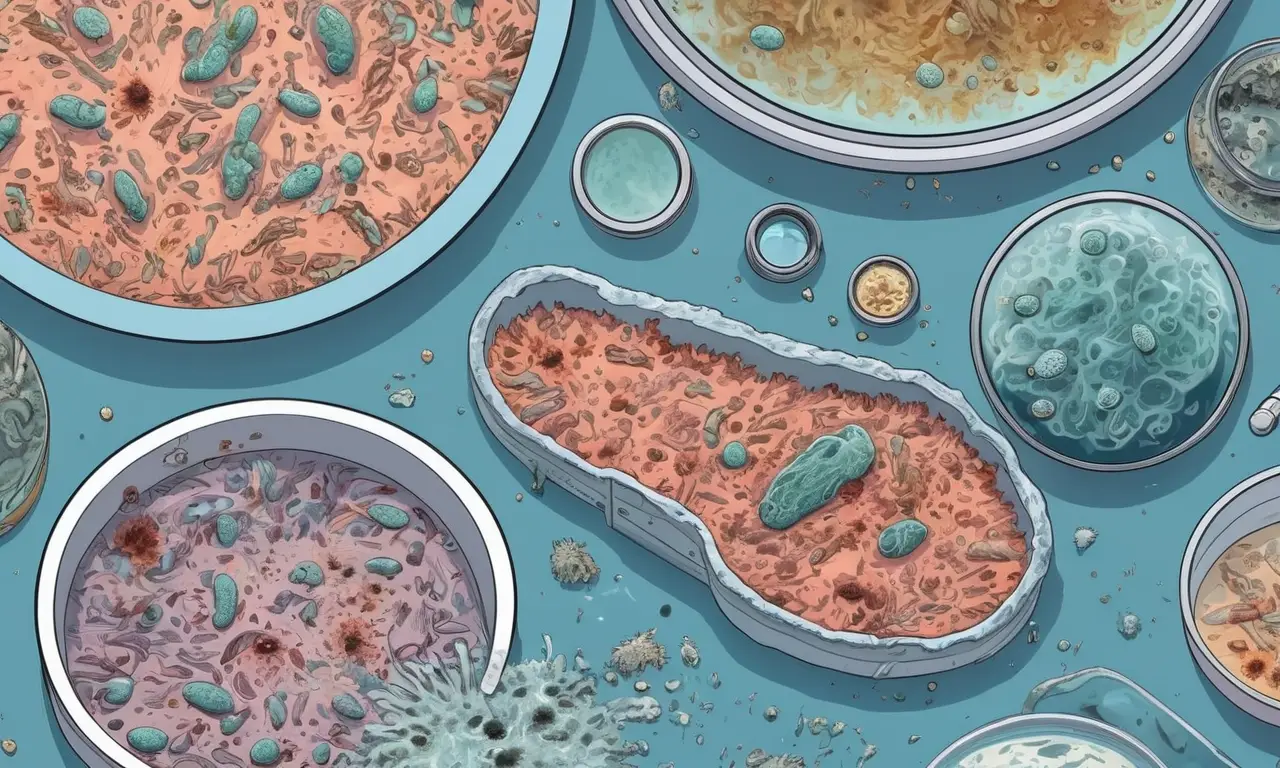
Have you ever wondered if it’s safe to eat chicken that died of natural causes, like old age? While the thought might seem unusual, it’s a question many people have. This article will delve into the potential risks and safety precautions associated with consuming poultry that has passed away from natural causes. We’ll explore the factors that contribute to bacterial growth and decomposition in aged chickens and provide comprehensive guidelines on how to handle, store, and cook poultry safely to minimize any health hazards.
Can You Eat Chicken That Died of Old Age?
The short answer is: it depends. While technically possible to eat chicken that died of old age, there are significant risks involved. Chickens, like all living creatures, are susceptible to bacterial growth and decomposition after death. If a chicken dies from natural causes, its body begins to break down, creating an environment where harmful bacteria can thrive. These bacteria can produce toxins that cause food poisoning if consumed.
It’s important to note that the age at which a chicken dies doesn’t necessarily dictate its safety for consumption. A young chicken that died suddenly due to illness could pose a greater risk than an older chicken that passed away peacefully. The key factor is the time elapsed between death and consumption, as well as the handling and storage practices employed.
Bacterial Growth and Decomposition Risks

After a chicken dies, its body temperature drops, slowing down cellular processes but not halting them entirely. This creates a favorable environment for bacteria to multiply rapidly. Different types of bacteria can colonize the chicken’s tissues, some of which are known to produce toxins that cause food poisoning. Common culprits include Salmonella, Campylobacter, and E. coli.
Decomposition also begins shortly after death, leading to the breakdown of tissues and the release of foul-smelling gases. This process further accelerates bacterial growth and increases the risk of contamination. The internal organs, particularly the intestines, are prime breeding grounds for bacteria due to their high nutrient content.
Food Safety Tips for Handling Poultry
When handling poultry that has died from natural causes, it’s crucial to prioritize food safety at every step.
Proper Handwashing:
Wash your hands thoroughly with soap and warm water before and after handling any poultry. This helps prevent the spread of bacteria from your hands to other surfaces or foods.
Separate Surfaces:
Use separate cutting boards and utensils for raw poultry and other foods to avoid cross-contamination. Clean and sanitize all surfaces that come into contact with raw chicken.
Avoid Contact with Raw Meat:
Minimize direct contact between raw poultry and your skin, clothing, and hair. Wear gloves when handling raw chicken and wash your hands immediately after removing them.
Proper Storage and Cooking Techniques

Proper storage and cooking are essential for ensuring the safety of any poultry, including chickens that died of old age.
Refrigeration:
Store raw poultry in the refrigerator at or below 40°F (4°C) to slow down bacterial growth. Use airtight containers or wrap the chicken tightly in plastic wrap or aluminum foil.
Cooking Temperatures:
Cook poultry thoroughly to an internal temperature of 165°F (74°C) as measured by a food thermometer. This ensures that any harmful bacteria are killed.
Conclusion
While it’s technically possible to eat chicken that died of old age, the risks associated with bacterial growth and decomposition cannot be ignored. By following strict food safety guidelines, including proper handling, storage, and cooking techniques, you can minimize the potential hazards and enjoy poultry safely. However, if you have any doubts about the safety of a particular chicken, it’s always best to err on the side of caution and discard it. Remember, your health is paramount, and taking necessary precautions when handling poultry is essential for preventing foodborne illnesses.
